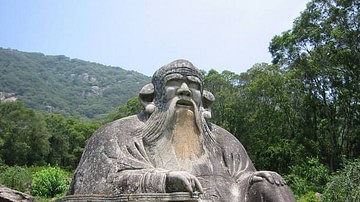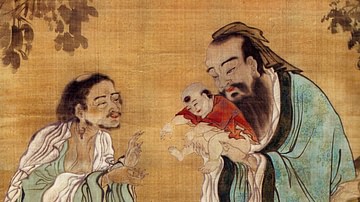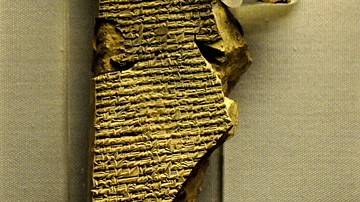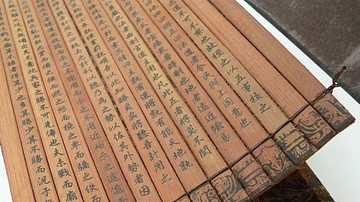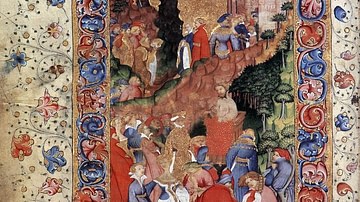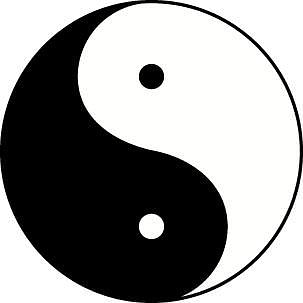
The principle of Yin and Yang from Chinese philosophy is that all things exist as inseparable and contradictory opposites. Examples of Yin-Yang opposite forces are female-male, dark-light, and old-young. The pairs of equal opposites both attract and complement each other. The Yin and Yang principle dates from the 3rd century BCE or even earlier.
Yin and Yang is a fundamental concept in Chinese philosophy, medicine, and culture in general. As the Yin and Yang black and white circle symbol illustrates, each side has at its core an element of the other (represented by the small dots). Neither pole is superior to the other and, as an increase in one brings a corresponding decrease in the other, a correct balance between the two poles must be reached in order to achieve harmony.
The Origin of Yin & Yang
The concept of Yin and Yang and the idea of complementary forces became popular with the work of the Chinese school of Yinyang which studied philosophy and cosmology in the 3rd century BCE. The principal proponent of the theory was the cosmologist Zou Yan (or Tsou Yen) who believed that life went through five phases (wuxing) - fire, water, metal, wood, earth - which continuously interchanged according to the principle of Yin and Yang.
What are Examples of Yin?
Yin is:
- feminine/the female force/feminine energy
- black
- dark
- north
- water (transformation)
- passive
- moon (weakness and the goddess Changxi)
- earth
- cold
- old
- even numbers
- valleys
- poor
- soft
- and provides spirit to all things.
Yin reaches it's height of influence with the winter solstice. Yin may also be represented by the tiger, the colour orange and a broken line in the trigrams of the I Ching (or Book of Changes).
What are Examples of Yang?
Yang is:
- masculine/the male force/masculine energy
- white
- light
- south
- fire (creativity)
- active
- sun (strength and the god Xihe)
- heaven
- warm
- young
- odd numbers
- mountains
- rich
- hard
- and provides form to all things.
Yang reaches it's height of influence with the summer solstice. Yang may also be represented by the dragon, the colour blue and a solid line trigram.
Yin-Yang In Chinese Mythology & Religion
In Chinese mythology, Yin and Yang were born from chaos when the universe was first created and they are believed to exist in harmony at the centre of the Earth. During the creation, their achievement of balance in the cosmic egg allowed for the birth of Pangu (or P'an ku), the first human. In addition, the first gods Fuxi, Nuwa and Shennong were born from Yin and Yang. In Chinese religion, the Taoists favour Yin whilst Confucianists favour Yang in keeping with the prime focus of their respective philosophies. The Taoists emphasize reclusion whilst Confucianists believe in the importance of engagement in life.
As expressed in the I Ching, the ever-changing relationship between the two poles is responsible for the constant flux of the universe and life in general. When there is too great an imbalance between Yin and Yang, catastrophes can occur such as floods, droughts and plagues.
